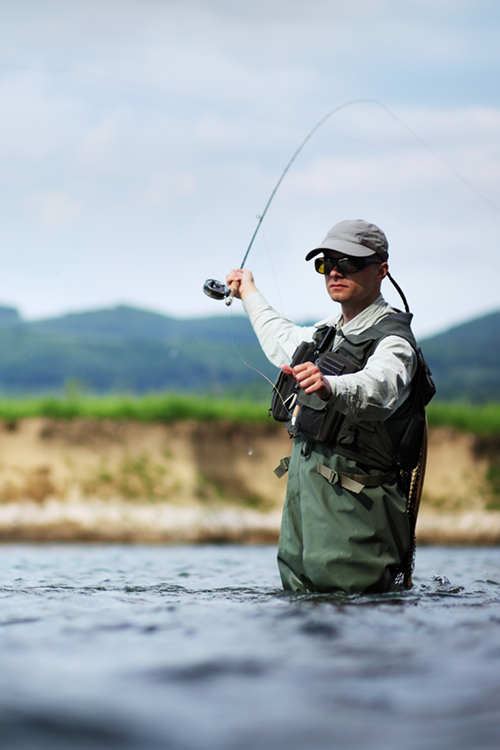Even as an expert angler, finding the best spot for trout and smallies can be challenging. But, no matter the hassle, the reward is totally worth it. Remember that it's not difficult to find medium-to large-sized trout streams, but the secret lies in the right approach to find that sweet spot. Our guide covers those secrets that will increase the odds of you having a successful fly fishing. So, keep reading!
Local Fly Shops & Guides
Fly shops are not only for fly fishing gear. No matter your level of experience in fly fishing, connecting with local communities will improve your learning curve and introduce you to the best fly fishing spots. Talk to the local shops and discover the hidden spots. As they spend most of the time around water, they know far better than you do about the water conditions.
However, they might give you some famous spots, and not those hidden ones. They will point you towards the areas where most anglers go for a fly fishing trip. But, we have experienced some local shops guiding us to the hidden spots as well, like guiding us to the location, telling us where to target for brown trout, and what rigs to use. While this is very rare, it's worth trying.
Study Topographic Maps For Fly Fishing Destinations
Topographic maps are used in a range of applications, like recreational fishing activities and outdoor recreational sports such as hiking. Topographic maps can help you pinpoint locations that could hold fish and gain insights into their behavior.
Wild trout often stack up in cooler feeder creeks or along deeper pools, while smallies love those rocky drop-offs and bends where the current slows down just enough for them to ambush bait. Pairing these maps with online mapping tools makes it even easier to scout new rivers without wasting time and gas on blind trips.
Follow Hatch Charts to Find Trout Streams
Hatch charts are tools designed to assist trout fishermen in understanding when and how local insects will appear, making their fishing more effective and increasing accuracy compared to generalized charts. You'll find these charts both in books and apps; the best are river-specific and take into account local knowledge for better accuracy than generalized ones.


